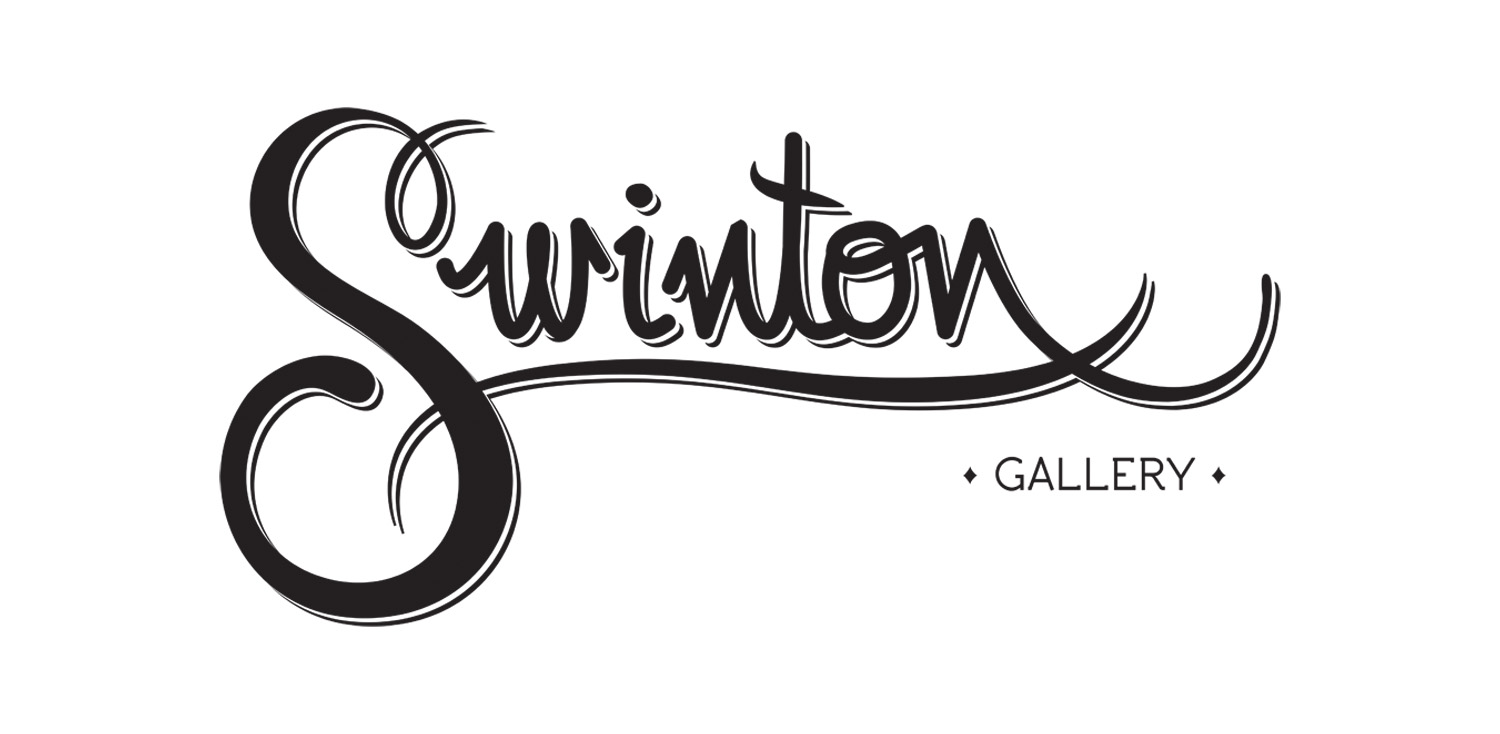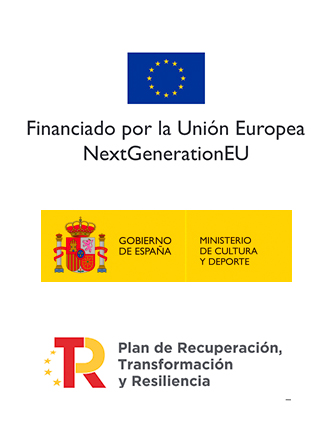.
COMPOSICIÓN Y RITMOS
PAMIES
01.12.2022 – 14.01.2023
Jose Luis Pamies. Measuring freedom.
There is a Jose Luis Pamies architect and a Jose Luis Pamies artist, but both are inseparable as constructive will also prevails in their plastic work.
If his sculpture seems like a distillation of architectural elements, where it is easy to identify references to the solidity of a column, the grace of a staircase, or the kind embrace of an envelope, his painting in turn becomes an extension of the sculptural field in which he works through reliefs and montages. Faced with the explosive drama of the brush, Pamies prefers the surgical distance of the scalpel. This analytical containment, typical of those of his guild, is supported by the love of the geometry of the regulatory layouts that provide him with a conceptual framework with which to generate a work based on the repetition of components and their transformations in space and on the surface. It is a fundamentally linear lexicon, based on wooden slats and brass sheets, which are superimposed or combined with surfaces of fields of acrylic color, plywood and cardboard. This self-imposed reductionism serves him to form almost musical rhythmic sequences based on the vibration of discontinuities under light. But this flirtation with the pattern never becomes a boring minimalist wasteland, as it is always crossed by color and life.
It is a work that dialogues with the great national masters of geometric abstraction, whether recalling the landscape vibration of Eusebio Sempere, the compositional forcefulness of Gerardo Rueda or the lyrical ease of Pablo Palazuelo’s geometries. There is a discreet kineticism in him fundamentally of a luminous nature, as has already been said, but also because his sculptural pieces invite us to surround them, to want to shrink like Alice to try to inhabit them on her exact scale. Many of them even seem to want to break and turn on themselves like mechanisms. It is not unreasonable since one of his earliest works used a sculptural tool to sift the paint as a rotating three-dimensional stencil. This “pigment comb” will in turn become a well-deserved autonomous sculptural piece, regardless of its mere instrumental origin in a happy symbiosis of ideas and procedures.
If together with Margarita Massó, his wife and partner at the helm of DAU Arqt, they have dealt with ambitious projects such as the Rehabilitation of the Alcalá and Príncipe Pío Theaters, in his small personal workshop, Jose Luis investigates alone. He does it with the same dose of meticulous ingenuity of that jeweler’s apprentice child that he was, and also with the audacity of that teacher who frees himself at times from the commitments and consensus of his professional discipline. It is his way of searching for an ideal order, more open and perfect, of exploring the measure of freedom.
Marcos Pérez-Sauquillo Muñoz



